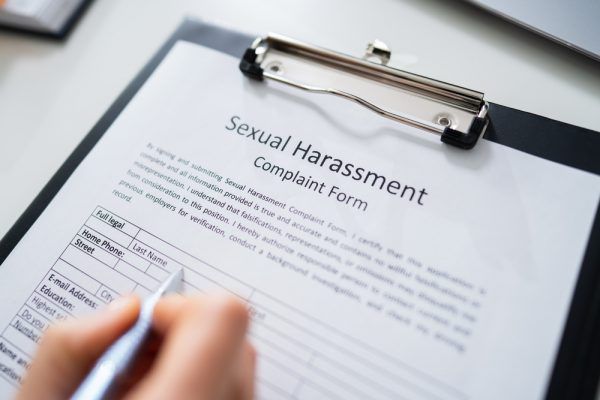3 key stages in dealing with a sexual harassment complaint
The prospect of dealing with a sexual harassment complaint may seem daunting, but with 1 in 4 Australian women known to have faced workplace sexual harassment, this is an issue that managers cannot ignore.
Below are 3 key stages employers should follow when a report of sexual harassment is made:
1) Respond to the complaint
The circumstances and wishes of the complainant will be different for each complaint. To respond appropriately, employers must ensure that the complaint is treated:
- confidentially;
- fairly;
- impartially;
- sensitively; and
- in a timely manner.
A complainant must be reassured that your organisation is genuinely committed to providing a harassment-free workplace and that any report of unacceptable behaviour is taken seriously.
The action you decide to take can include:
- recommending self help;
- informally counselling the alleged perpetrator;
- undertaking conciliation;
- advising the complainant to make a complaint to an external agency;
- giving the complainant the option of making a formal complaint to the business; and
- undertaking an investigation.
2) Investigate the complaint
If it is likely that the complaint is true, disciplinary action may need to be taken against the alleged perpetrator.
Any investigation must be confidential and undertaken promptly. All parties concerned must be kept up to date about its progress.
When conducting a formal investigation, you should take the following steps:
Step 1: Allocate responsibilities to an independent, suitably qualified investigator
Step 2: Inform the alleged perpetrator in writing
Step 3: Inform other participants of the investigation in writing
Step 4: Interview the complainant
Step 5: Interview the alleged perpetrator
Step 6: Interview other relevant witnesses
Step 7: Prepare a confidential report of the findings
Step 8: Determine an appropriate response to the findings
Step 9: Notify the perpetrator
3) Take appropriate action if an allegation is proven
If a complaint has been substantiated by the investigation findings you will need to deal with the complainant and the perpetrator.
You will have to:
- Decide on immediate measures to prevent the behaviour from reoccurring: You can suspend the perpetrator or allow the complainant to take leave when deciding on what action to take, or remove the perpetrator from the immediate vicinity of the complainant.
- Determine the right course of action to take with the perpetrator: Options can include transfer to another position (but with no job advantage), warning about misconduct, counselling, demotion, closer supervision, training about leadership or communication in the workplace, undertaking not to repeat the behaviour, suspension, dismissal or agreed separation.
- Record the complaint and the resolution on the perpetrator’s file: They should be advised that they may add written comments for the file if they wish. If they are continuing their employment with you, monitor their behaviour to ensure the conduct has stopped and the solution is working satisfactorily.
- Maintain contact with the complainant and monitor the perpetrator (if they are still in your workplace): Ensure the complainant feels that the issue has been sufficiently resolved.
Potential resolution for the complainant may include:
- a written or public apology;
- payment of medical or counselling fees;
- paid leave during the investigation;
- transfer from the environment, but with no job disadvantage;
- re-crediting of any personal leave taken;
- mentoring and support;
- resilience training, assertive communication or self-esteem programs; or
- monetary compensation.
Get the latest employment law news, legal updates, case law and practical advice from our experts sent straight to your inbox every week.

